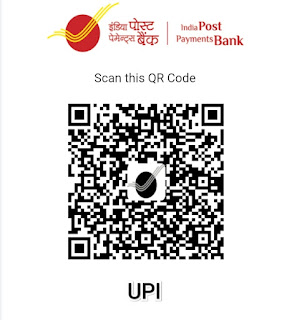Explore the role of HTML in ethical hacking and how it can be utilized to uncover vulnerabilities in web applications. Discover the potential exploits and security risks associated with HTML, and gain insights into the importance of this language in the field of cybersecurity.
Introduction:
HTML (Hypertext Markup Language) is the foundation of the World Wide Web, enabling the creation and structuring of web pages. While it primarily serves as a markup language for building websites, HTML also plays a significant role in the realm of ethical hacking. Ethical hackers utilize HTML in various ways to identify, exploit, and secure vulnerabilities in web applications. This blog post delves into the applications of HTML in ethical hacking, shedding light on its potential risks and benefits.
1. HTML Injection Attacks:
One of the most prevalent uses of HTML in ethical hacking is HTML injection attacks. Attackers manipulate HTML code to inject malicious scripts or content into vulnerable web pages. By exploiting input fields or insecure HTML tags, hackers can execute arbitrary code, steal sensitive data, or gain unauthorized access. Ethical hackers employ HTML injection techniques to identify weak points in web applications and assist developers in implementing robust security measures.
2. Cross-Site Scripting (XSS):
Cross-Site Scripting is a type of vulnerability that occurs when untrusted data is included in a web page without proper validation. HTML plays a vital role in XSS attacks, as hackers can inject malicious scripts into web pages through input fields, comments, or URLs. These scripts execute within the user's browser, allowing attackers to steal session cookies, redirect users to malicious websites, or even take control of their accounts. Ethical hackers use HTML-based XSS attacks to uncover these vulnerabilities and recommend appropriate remediation strategies.
3. HTML5 Exploitation:
The emergence of HTML5 introduced new features and APIs that opened doors for innovative web applications but also introduced new security risks. Ethical hackers leverage HTML5's canvas, local storage, geolocation, and other powerful APIs to uncover potential attack vectors. By understanding the intricacies of HTML5 and its associated technologies, security professionals can identify vulnerabilities and suggest countermeasures to enhance web application security.
4. Phishing Attacks:
HTML is a critical component in crafting convincing phishing attacks. Phishing is a technique that involves tricking users into divulging sensitive information, such as passwords or credit card details, by masquerading as a trustworthy entity. Ethical hackers study HTML-based phishing techniques to help organizations bolster their defenses against such attacks. They educate users about recognizing phishing emails, inspecting URLs, and avoiding suspicious attachments or links embedded in HTML content.
Try this :
HTML Attack Tutorials with Explanation
Conclusion:
HTML serves as a powerful tool in the arsenal of ethical hackers, allowing them to expose vulnerabilities, identify weak points, and improve the security of web applications. By understanding how HTML can be manipulated for malicious purposes, ethical hackers can help organizations proactively defend against cyber threats. From HTML injection attacks to XSS vulnerabilities and HTML5 exploits, a deep understanding of HTML is essential for ethical hacking professionals to secure the web and protect users' sensitive information.
By shedding light on the significance of HTML in ethical hacking, this blog post aimed to highlight the diverse applications of this markup language in uncovering vulnerabilities and strengthening cybersecurity measures. Understanding the potential risks associated with HTML empowers ethical hackers to mitigate threats effectively, safeguard web applications, and build a safer digital landscape.
Buy Me a Chai ! ☕
If you're Not Indian 🥺 Please Send Me a Thanks or Amazon Gift Card to the E-mail
websitehaneen@gmail.com






